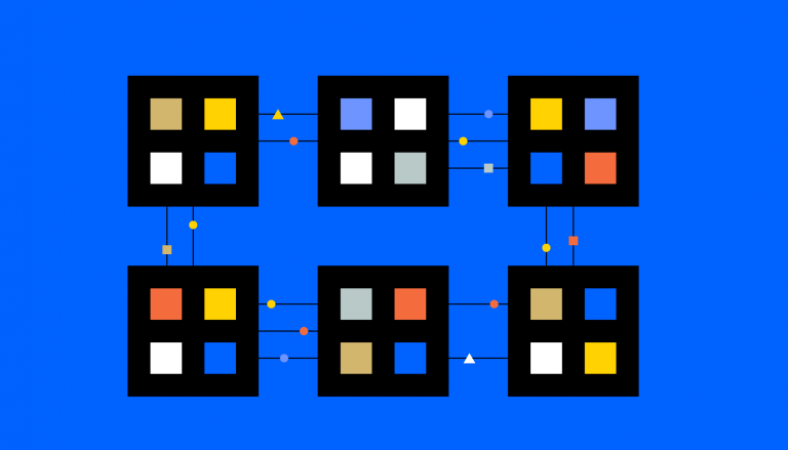A person or group using the name Satoshi Nakamoto published a whitepaper online explaining the principles behind a new kind of digital money called Bitcoin in late 2008. Every cryptocurrency since is an evolution of the ideas laid out in that paper.
- Nakamoto’s goal was to create digital money that would make online transactions between two strangers anywhere in the world possible without requiring a third party like a credit card company or a payment processor like Paypal in the middle.
- This required a system that would eliminate a thorny issue called the ‘double spending’ problem, where a person might use the same money more than once. The solution is a network that is constantly verifying the movement of Bitcoin. That network is the blockchain.
- Every Bitcoin transaction is stored and verified by a global network of computers beyond the control of any person, company, or country.
- The database that holds all of that information is called the blockchain. Bitcoins are ‘mined’ via that huge, decentralized (also known as peer-to-peer) network of computers, which are also constantly verifying and securing the accuracy of the blockchain. In exchange for contributing their computing power to the blockchain, miners are rewarded with small amounts of cryptocurrency.
- Every single bitcoin transaction is reflected on the ledger, with new information periodically gathered together in a “block,” which is added to all the blocks that came before.
- The miners’ collective computing power is used to ensure the accuracy of the ever-growing ledger. Bitcoin can’t exist separately from the blockchain; each new bitcoin is recorded on it, as is each subsequent transaction with all existing coins.
In exchange for contributing their computing power to the blockchain, miners are rewarded with small amounts of cryptocurrency.
What’s the future of blockchains?
The blockchain idea has turned out to be a platform that a huge range of applications can be built on top of. It’s still a new and rapidly developing technology, but many experts have described blockchain’s potential to change the way we live and work as being similar to the potential public internet protocols like HTML had in the early days of the World Wide Web.
- The Bitcoin Cash and Litecoin blockchains work in a very similar way to the original Bitcoin blockchain. The Ethereum blockchain is a further evolution of the distributed ledger idea, because unlike the Bitcoin blockchain it’s not solely designed to manage a digital money. (That said Ethereum is a cryptocurrency and certainly can be used to send value to another person). Think of the Ethereum blockchain more like a powerful and highly flexible computing platform that allows coders to easily build all kinds of applications leveraging the blockchain.
- For example, imagine a charity that wants to send money to a thousand people every day for a year. With Ethereum, that would only take a few lines of code. Or maybe you’re a video game developer that wants to create items like swords and armor that can be traded outside of the game itself? Ethereum is designed to do that, too.

